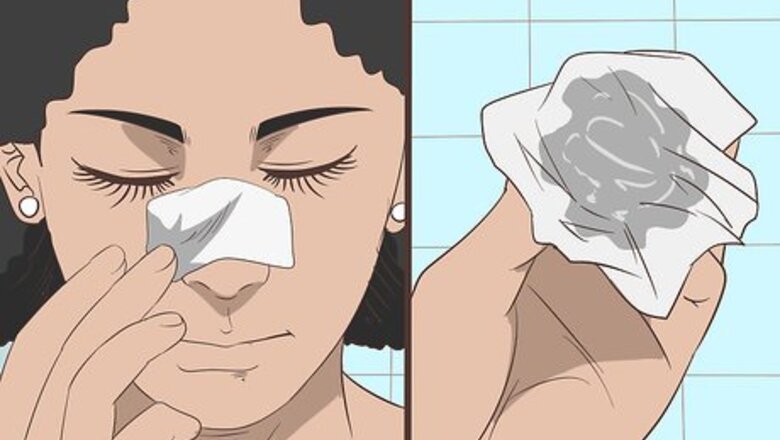
views
- Dry or sensitive skin feels tight after washing, looks red, or wrinkles when pinched. Oily or combination skin is shinier, has big pores, or feels smooth.
- When in doubt, ask your dermatologist what kind of skin you have and what regimen will work best for you.
- Regardless of the skincare routine you choose, drink lots of water to stay hydrated and support a healthy complexion.
Examining Your Skin

Dab your face with a tissue. Wait an hour after washing your face and then pat your T-zone with a tissue. Look at the tissue to determine if oil rubbed off on it. If it did, you either have oily or combination skin. Your T-Zone includes your forehead and nose. The region is called the T-zone because the bridge of your nose forms the base of the “T”. The part of your forehead above your eyebrows forms the top of the “T”.

Notice how your skin feels. If you have dry skin, your face will feel tight after cleansing whereas oily skin will feel cleaner right after washing it. Your T-zone will feel clean if you have combination skin, but your cheeks will feel tight. Sensitive skin will react to certain cleansers, and may cause itchy skin or a rash. If you have sensitive skin, your face will get red, itchy, or a rash could form after using certain facial products. Oily skin will start to feel greasy again as your day continues. If you're noticing your skin doesn't fall under any of these categories and you're free of problem areas, you have normal skin which requires low maintenance! Congratulations! You can get pimples or acne at any age, especially if you have an oily skin type.

Look in the mirror. If you notice red, flaky patches all over your face, you most likely have dry and/or sensitive skin. If your face is shiny all over, you have oily skin. A combination of both means you have combination skin.
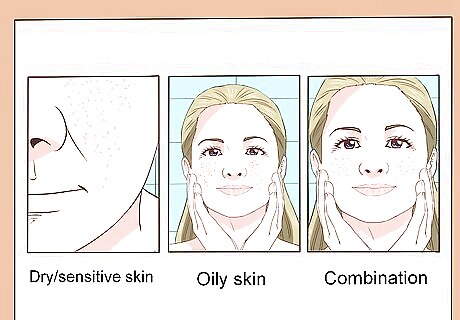
Look at your pore size. If you have normal skin, your pores will be visible but not large. Take a few steps back from the mirror. If you still see your pores, you have oily skin. If your pores are not at all visible, you have dry skin. Combination skin occurs when you have more than one pore size on your face resulting in a combination of dry, oily and normal skin.

Pinch your skin. If your skin easily wrinkles after pressure is applied, you have dry or combination skin. Oily skin will feel smooth.

Ask your dermatologist. If you're still at a loss for determining what type of skin you have, your dermatologist can provide you with answers to your skin questions. There are some over the counter medications they can prescribe and procedures they can perform to treat your dry, oily, sensitive, combination or acne-prone skin if all else fails.
Treating Your Skin
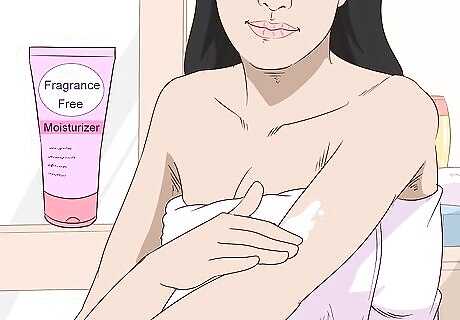
Apply moisturizer to dry skin. Apply a fragrance-free cream to the dry areas on your skin. Don't overdo it on the soap when you take a shower, and use warm water, not hot water. Only use soap on the dirty parts of your body, like your armpits, your groin, under your breasts, and between your toes. Using soap all over can dry out and irritate your skin. Dry skin can also lead to dermatitis. In this case, treat your problem areas with hydrocortisone ointment.
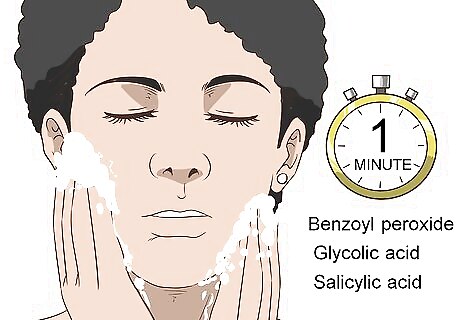
Cleanse morning and night if you have oily skin. Apply a gentle facial cleanser with warm water to wash your face for 30 seconds to a minute. Treat your problem areas with facial products containing benzoyl peroxide, alpha hydroxy acid, and retinoids.. You can also use products with glycolic acid or salicylic acid. Buy a small sample before trying these spot treatments or medicated pads so you can test which one works the best on your face. You can also use blotting paper to remove excess oil from your face. Press it against the oily area for about 15 seconds. This will absorb the oil and make your face appear less shiny. Don't avoid moisturizer. Even oily skin needs to be moisturized, just use an oil-free moisturizer. Avoid using too many products at once to tackle oily skin. Drying out your skin too much can actually cause your skin to produce more oil to compensate.

Find a balanced treatment for combination skin. Use a fragrance-free gentle cleanser to wash your face, and avoid soaps with harsh chemicals. Eat more foods with essential fatty acids including salmon, flaxseed and walnuts or take a fish oil supplement. This will help moisturize your skin without adding oil to it.
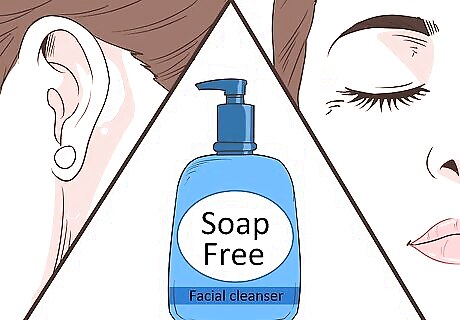
Use a soap-free facial cleanser on sensitive or acne-prone skin. Use a gentle facial cleanser without added fragrance or chemicals in order to prevent skin irritation. Moisturize your skin to prevent potential breaking of dry spots. Test skin products before using them by applying a small amount behind your ear, then to the side of your eye, and seeing how it responds overnight.

Stay hydrated. Drink water if you want a healthy complexion. Your skin will produce more sebum (oil) if it's dehydrated to keep itself lubricated. If you stay hydrated, your skin will thank you.











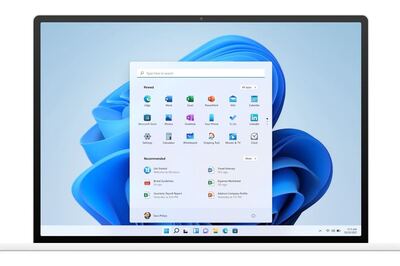






Comments
0 comment